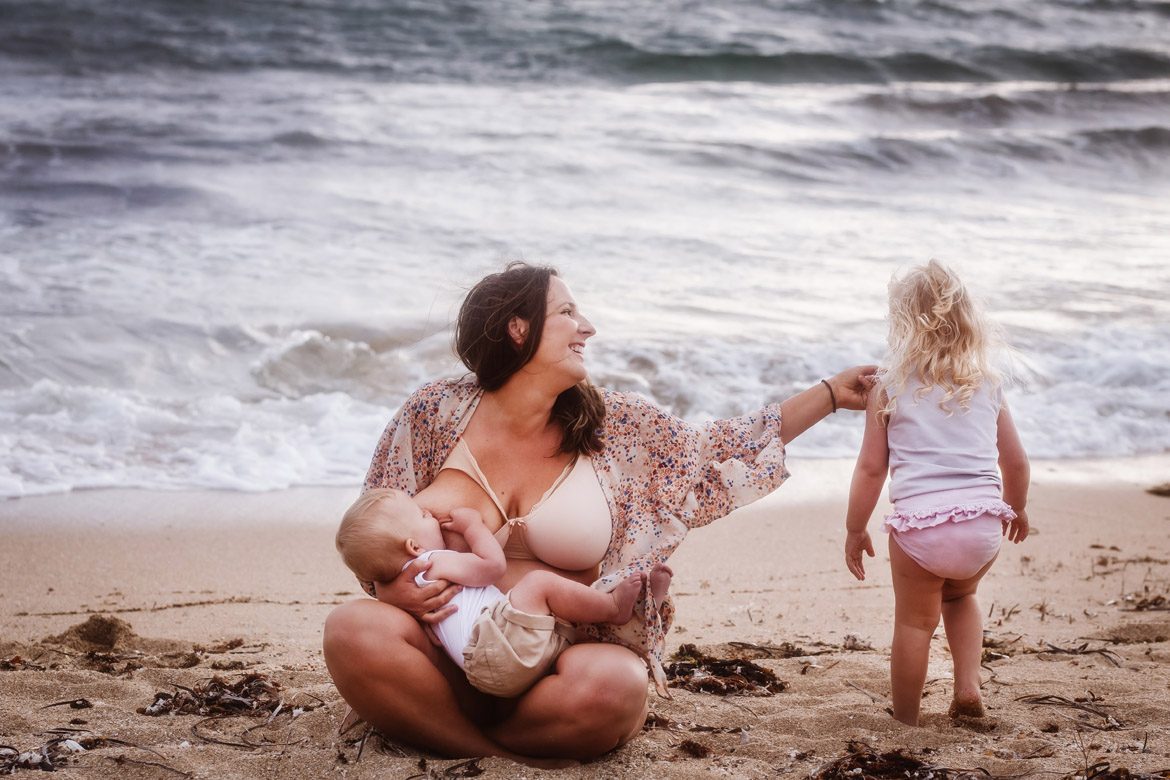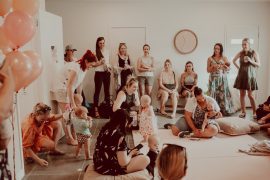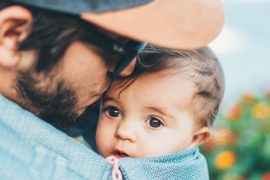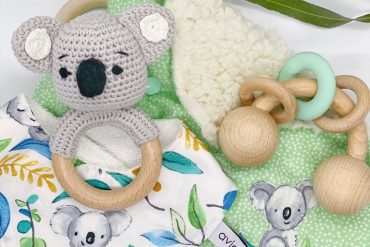By Jessica Rios
Halfway through a childbirth education class, I was seven months pregnant and it landed on my forehead. Surrender. The word, the idea, the powerful call. It was the one thing I most needed to do at this point, as I neared the big day of bringing my child into this world.
Before that, it had been so many things. Eat well. Move my body. Hydrate, hydrate. Surround myself with people who would not tell me their birth horror story or try to scare me out of a homebirth, but who would instead affirm that a woman’s body was made to give birth to new life. “You can do this” kind of people. As Ina May Gaskin said to women, “Your body is not a lemon.”
Now it was surrender, calling my name. The rest was in place. Now, surrender.
It turns out surrender was exceptionally helpful during labor. Oh, the pain. Oh, the power of what was coming through me. It was all so big, the only response that seemed to match it was to surrender. So I did. With my heart, I reached deep into my womb for a sense of my co-leader’s strength, and we chose surrender together.
What did that look like? Knowing ultimately, between contractions in my candlelit bedroom, I was not in control. Knowing a larger power, the divine, was holding me and my child during this experience. It mostly meant letting go of all my hopes and wanting, so I could allow this baby to emerge knowing we were held and wanted by something I could surrender to.
Knowing ultimately, between contractions in my candlelit bedroom, I was not in control. Knowing a larger power, the divine, was holding me and my child during this experience.
Moving into my daughter’s early years, surrender kept showing up. Always with a powerful invitation, not always easy for me to accept. Some of these themes are common for other mothers, so I share this as an invitation to open yourself up to surrender when it might be a really, really helpful thing to do. To stop the pain of clinging.
Early childhood vaccinations asked for surrender, big time. Conversations were heated with other mothers who were making different choices than we were, with their babies. We argued about the diseases and the vaccines, what made sense, what was loving. We tried to convince each other, usually unsuccessfully. I hang with other strong women; we don’t budge easily. Ultimately, for us surrender meant honoring our values and research around vaccines for our daughter. It meant being willing to let go of friendships where the conversation was unfriendly, seasoned with blame. When it came to diseases, vaccines and the pharmaceutical industry, keeping friends wasn’t our top priority. We were interested in making wise choices for our tiny daughter’s body and life. Thankfully, years later one of my dearest friends is someone who has made the “opposite” choice from ours. The rigor of those heated exchanges fed us. Now our children are almost six years old and we can hear each other and respect our right to differ without feeling a deep lingering divide.
Mainstream pop culture has required significant surrender for our family, too. Overconsuming sugar, playing with plastic or mechanized toys, watching TV or engaging in hours of mobile phone screen time every day, all these things are the norm for most families. For us, they’re not. And although we have confidently communicated about these things, creating community that is solid around values we hold dear, we have also had to let go sometimes. We don’t solely have eco-friendly toys and books with hand-created art rather than computer art. Allowing some of these things into our space has been, in part, an expression of my willingness to open my heart in a sigh of humility around the choices our culture makes. Maybe sometimes it’s OK to expose our children to those things. Idealism and surrender are a healthy pair.











